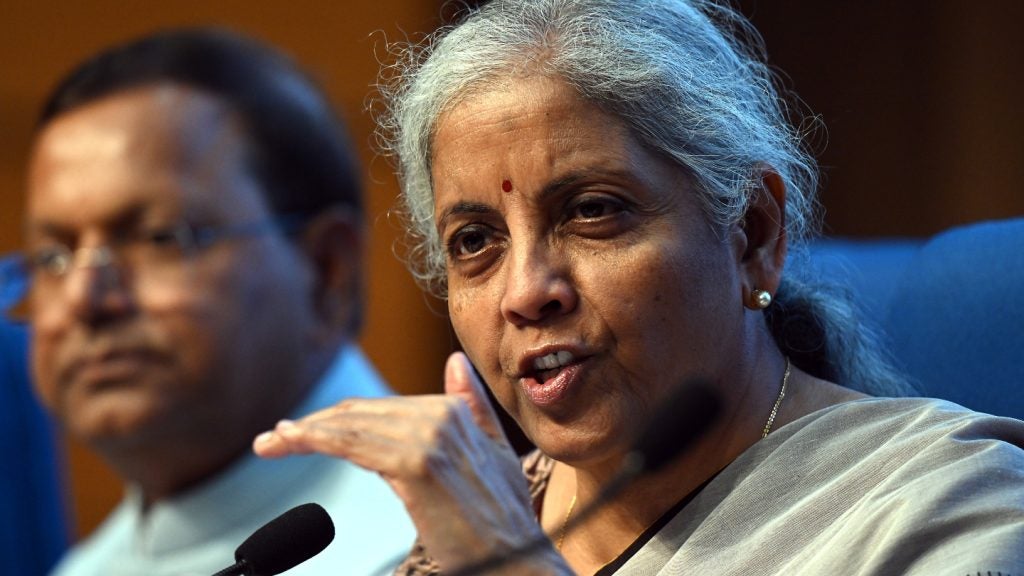
The presence, state and cost of physical infrastructure, including road connectivity, airport connections and ports, has always been a key consideration for companies when looking at a country as a potential investment destination.
The quality of infrastructure is crucial, for instance, in assessing how easy it is going to be to reach destinations as well ship goods and products to the global market once a presence in a new location has been established.
For this reason, some multinational companies (MNCs) prefer countries with access to the sea, as that implies that the cost of moving goods will be lower.
The rapid growth of broadband and 5G is likely to impact the urban versus rural dynamic and that could create a policy issue. Bob Hess, Newmark
“The importance of different forms of traditional infrastructure will depend on the business activity of a company,” explains Investment Monitor chief economist Glenn Barklie. “For example, distribution companies require good road connectivity, exporters require good ports, manufacturers require warehouses, etcetera. One thing for sure is that all businesses should be focused on improving their digital infrastructure. The Covid-19 pandemic has expedited this requirement.”
The link between infrastructure and FDI
The correlation between the quality of infrastructure and foreign direct investment (FDI) projects is a direct one. The chart below draws data from the World Economic Forum’s Global Competitiveness Report 2019 and shows that locations with high-quality infrastructure attract much higher levels of FDI compared with those with low-quality infrastructure.
How well do you really know your competitors?
Access the most comprehensive Company Profiles on the market, powered by GlobalData. Save hours of research. Gain competitive edge.

Thank you!
Your download email will arrive shortly
Not ready to buy yet? Download a free sample
We are confident about the unique quality of our Company Profiles. However, we want you to make the most beneficial decision for your business, so we offer a free sample that you can download by submitting the below form
By GlobalDataThe infrastructure score considers transport infrastructure (including roads, airports, and shipping connectivity) and utility infrastructure (including electricity access and reliability of water supply).
While physical infrastructure is likely to continue to play a pivotal role in attracting FDI into a country, the importance of digital infrastructure has been growing in recent years.
Internet connectivity, good broadband and Wi-Fi availability and, more recently, the roll-out of fibre optics and the establishment of data centres are all positive markers.
The chart below shows a strong correlation between the average download speed of certain countries and the level of FDI projects that they manage to attract. Singapore, Hong Kong and the US are at the forefront while Ethiopia, Venezuela and Turkmenistan lag behind.
The rise of digital and the fall of office space?
The spread of Covid-19 has caused a large number of people to work remotely on a semi-permanent basis.
That has meant two things: first, that digital and tech companies have thrived, or at least shown strong resilience during the pandemic; and second, that employers have had to rethink their office strategies.
We have seen companies implement multi-year digitisation plans in only months because of Covid. Gregg Wassmansdorf, Newmark
Gregg Wassmansdorf, senior managing director, global corporate consulting at commercial real estate advisory firm Newmark, and Bob Hess, vice-chairman, global corporate services at the same company, agree that while the focus remains on traditional infrastructure, the need to digitise has skyrocketed for firms, and this has not come without downsides for broader policy issues.
“Before Covid-19, many companies were working on digitisation and mobility strategies for their business processes and people.” says Wassmansdorf. “Almost overnight, the need to transition to more electronic and distance-based operations was amplified. We have seen companies implement multi-year digitisation plans in only months because of Covid. It is very impressive to see what many companies have been able to accomplish.”
Investment Monitor’s data analysts have compared the behaviour of the stock prices of communication technology company Zoom and that of real estate services company Jones Lang LaSalle during the pandemic. The former has skyrocketed, while the latter has struggled.
Another result of the pandemic has been that demand for office space has fallen in Europe. The chart below shows that in the second and third quarters of 2020, demand for office space was nearly half compared with the same quarters in previous years.
While Covid-19 has certainly accelerated the need for good broadband connectivity, fibre networks and the 5G roll-out, Hess stresses that issues will still arise. “For instance, the rapid growth of broadband and 5G is likely to impact the urban versus rural dynamic and that could create a policy issue,” he says.
“How will minority groups be represented in this? Who are the digital poor and where does public policy land right now in the demand for 5G roll-out? It does not only concern home working, but touches on home schooling too, for instance. It will not just impact rural and urban areas differently, but different communities within those areas,” he adds.
Technology and digital infrastructure will be at the top of both governments’ and MNCs’ agendas in the near future, alongside the more traditional sub-sectors of physical infrastructure. Both are likely to play an increasing role as strong FDI catalysts in the future.
This article is part of a series on FDI drivers. The full list comprises:
- Overview
- Business environment
- Political stability
- Talent
- Education
- Clusters
- Domestic market size
- Quality of life
- Infrastructure
Data analysis for this article was prepared by Naomi Davies.







